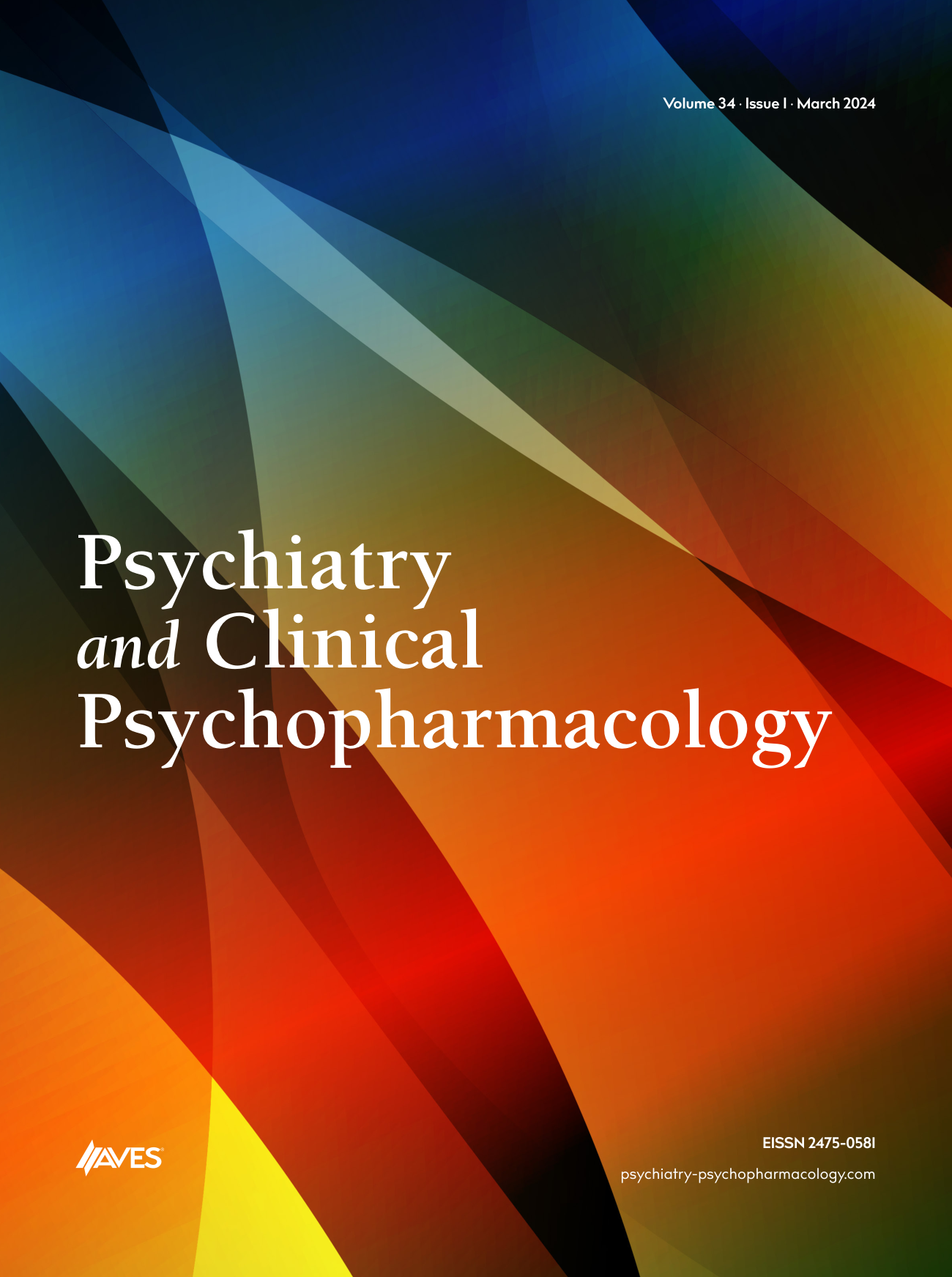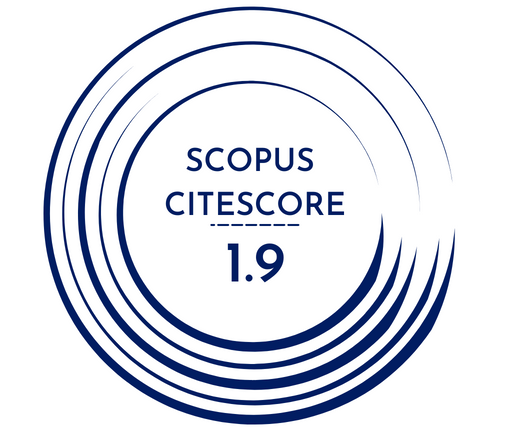Treatment of bipolar disorder (BD) may require multiple medications depending on severity and type of symptoms; in fact, sometimes it is unavoidable. However, the serious side effects of these psychiatric medications must be considered. In lithium toxicity, the rapid emergence of NMS that is seriously life threatening and embracing the possibility of being confused with many other conditions, should be recognized by clinicians. That the therapeutic index and toxic doses of lithium are very close makes treatment difficult. This BD case medicating with lithium and olanzapine had diarrhea and reduced oral intake for 4 days previous and developed ARF, NMS and Li intoxication. This paper seeks to answer the question of whether the renally excreted NSAI and AB medications given because the patient’s symptoms were not recognized in this period triggered ARF or whether ARF linked to Li intoxication caused NMS. The case was a male with an 8-year diagnosis of bipolar disorder. The family reported diarrhea had begun 4 days previously and 2 days before they had applied to the emergency service at another center due to fever and ketoprofen and cefprozil were administered. The patient had previously used valproic acid but 1 month before had begun lithium treatment and used lithium and olanzapine and reported confusion on the previous day. When the patient was brought to the emergency service, he was unconscious, could not cooperate, disoriented with spontaneous blinking and GCS of 13. The patients’ vital measurements and blood values were irregular. On ECG T waves were peaked and sinus tachycardia was present. The patient was monitored in the ICU. Hemodialysis was performed. NMS prediagnosis was made. Treatment was recommended as bromocriptine 5-10 mg PO up to 45 mg/day, dantrolene could be added for 8 days at 1 mg/kg/day, IV hydration, cold blankets, ice and supportive measures for oxygenation. When symptoms regressed and general situation improved, the patient was moved to the wards and monitored. Treatment was regulated as 1000 mg/g valproic acid and he was discharged. We believe the present in this case, especially diarrhea, vomiting, and lack of oral intake, resulted in dehydration and the use of medications excreted in urine, such as ketoprofen and cefprozil, negatively affected renal function. Because of simultaneous ketoprofen and lithium use the renal excretion of lithium reduced, levels in plasma increased and reached toxic levels. In fact, if they need to be used together, plasma lithium levels should be carefully monitored and lithium dose should be regulated during and after NSAID treatment. However in cases of severe lithium intoxication renal failure may develop. This brings to mind the chicken and egg situation, which comes first? In addition NMS is a complication of renal failure. No matter how many new pharmacological agents with low side effect profiles are available the reality of life-threatening complications developing, such as NMS, remains a problem. As a result, it is important to recognize these conditions for early intervention.



